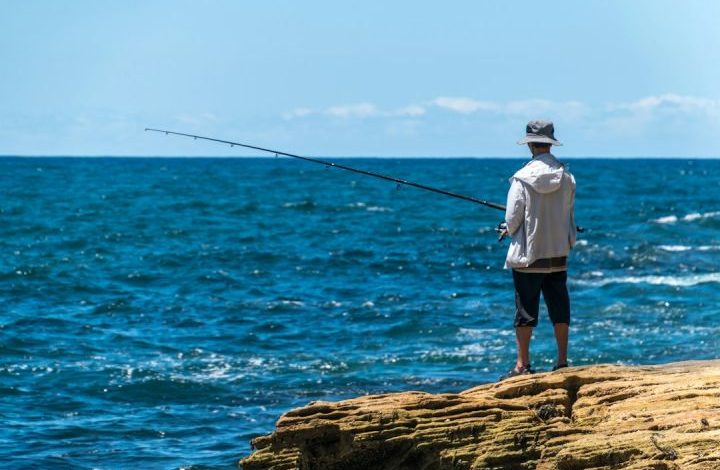What Are Essential Ice Fishing Safety Tips?

Ice fishing is a popular winter activity for many outdoor enthusiasts. It offers a unique and exciting way to catch fish while enjoying the beauty of a frozen lake or river. However, it is important to remember that ice fishing can also be dangerous if proper safety precautions are not taken. In this article, we will discuss some essential ice fishing safety tips to ensure a safe and enjoyable experience on the ice.
1. Check the ice thickness
Before heading out onto the ice, it is crucial to check the ice thickness. This can be done by using an ice auger or a spud bar to test the ice in various locations. The recommended minimum ice thickness for walking on the ice is at least four inches. For snowmobiles or ATVs, the ice thickness should be at least five to seven inches, and for cars or trucks, it should be at least eight to twelve inches.
2. Dress appropriately
Dressing appropriately for ice fishing is essential to stay warm and comfortable in the cold weather. Layering your clothing is key to trapping heat and insulating your body. Start with a moisture-wicking base layer, followed by a warm insulating layer, and finish with a waterproof and windproof outer layer. Don’t forget to wear a hat, gloves, and warm boots to protect your extremities from the cold.
3. Bring safety equipment
Having the right safety equipment with you is crucial for any ice fishing trip. Always carry a life jacket or a personal flotation device (PFD) and wear it at all times, especially if you are fishing near open water or areas with thin ice. It is also recommended to carry ice picks or ice claws that can help you pull yourself out of the water in case you fall through the ice.
4. Fishing with a buddy
Ice fishing is more enjoyable and safer when done with a buddy. Having someone with you can help in case of an emergency, such as falling through the ice. It is important to stay within sight and communication distance of each other at all times. If fishing alone, make sure to inform someone about your location and estimated time of return.
5. Be aware of changing weather conditions
Weather conditions can change rapidly during winter, so it is crucial to stay updated on the forecast before heading out onto the ice. Strong winds, snowstorms, or rapid temperature drops can affect the stability and safety of the ice. If the weather deteriorates, it is best to head back to shore and wait for better conditions.
6. Know the signs of unsafe ice
Being able to recognize the signs of unsafe ice is essential for your safety. Look out for cracks, pressure ridges, slushy or porous ice, and areas with different colors. These signs indicate that the ice may be weak and unsafe to walk on. Avoid areas with moving water, such as inlets and outlets, as the ice there is usually thinner and weaker.
7. Carry a safety kit
Having a safety kit with you can be a lifesaver in case of an emergency. Your safety kit should include essentials such as a first aid kit, a whistle to signal for help, a flashlight with extra batteries, a length of rope, and a cellphone or a two-way radio for communication. It is also a good idea to carry some high-energy snacks and water.
In conclusion, ice fishing can be a fun and rewarding activity, but it is important to prioritize safety. By following these essential ice fishing safety tips, you can minimize the risks and ensure a safe and enjoyable experience on the ice. Remember to always check the ice thickness, dress appropriately, bring safety equipment, fish with a buddy, be aware of changing weather conditions, know the signs of unsafe ice, and carry a safety kit. Stay safe and happy ice fishing!
